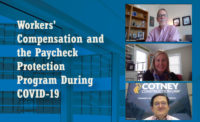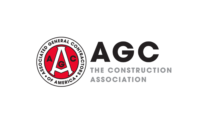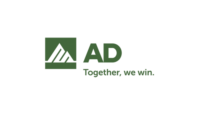To learn more about the Small Business Legislative Council, click here.
On March 31, the SBA issued guidelines (SBA Guidelines) to implement the Paycheck Protection Program (PPP) which was a critical part of the recently passed CARES Act. While the CARES Act provides for a maximum maturity of 10 years, and an interest rate not to exceed 4% per annum, the SBA Guidelines originally provided that all PPP Loans will have a 2-year maturity, and a rate per annum of 0.5%. On April 2, the SBA issued further clarification through its Interim Final Rule providing that all PPP Loans will carry a rate per annum of 1.0%; the Interim Final Rule does not change the 2-year maturity. It is still not clear from the guidance what date maturity will be measured from (date of loan v. date of forgiveness as provided in the Act). Needless to say, the parameters of the PPP are fluid and further guidance is expected.
Also, the SBA Guidelines and Interim Final Rule provide that all PPP Loans will:
- Have a 6 month deferral on payment (not 6-12 months as set forth in the CARES Act), though interest will accrue during the deferral period; and
- Limit the amount of non-payroll costs that may be forgiven to 25% of the total forgiven amount.
If you are interested in obtaining a PPP Loan, run, don’t walk, to your bank. The banks are already flooded with applications. You will probably want to get your accountant involved in the process, however, it is clear that the banks will be the gatekeepers for these loans. Some of the bank’s applications do not have any place to include costs for health insurance premiums and retirement plan contributions made by the employer. Different banks seem to be requiring different payroll information (e.g., payroll for 2019 versus payroll going back 12 months from the date of the application).
Many are worried that the $349 billion allocated to this program to pay for the forgiveness of a portion, or all of, these loans will be used up in the very near future. Both the Secretary of the Treasury, Steven Mnuchin, and President Trump, on separate occasions recently stated that if the funding runs out, they will go back to Congress for more.
In any event, with such a short repayment period, some predict that many borrowers, in an effort to manage cash flow post-forgiveness, will try to align the principal amount of their PPP Loan with their projected forgiveness amount. Any amount in excess of the forgiveness amount would have to be paid back within the 2-year repayment period. Others suggest that getting the maximum loan possible is the better approach because loans with a 1% rate, 2 year term with a 6 month deferral is too good to pass up. Again, businesses are well advised to work with their accountants to determine the best option for them.
Click here for a link to the SBA Guidelines.
Click here for a link to the SBA’s Interim Final Rule.





Report Abusive Comment